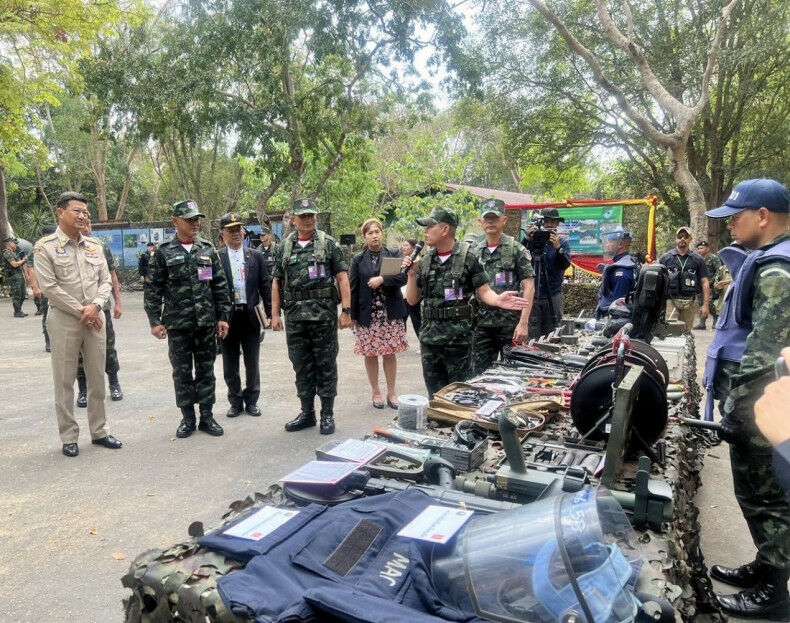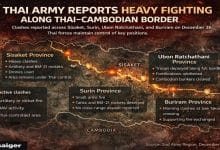Thailand-Cambodia border gate to boost trade despite landmine challenges

The Ban Nong Ian-Stung Bot border gate between Thailand and Cambodia is soon to be operational, aiming to stimulate trade and logistics between the two nations.
This announcement was made by Parinya Potisat, the governor of Sa Kaeo province yesterday. The new frontier passage will ease the pressure on the Ban Khlong Luek-Poipet border by providing an additional route for trade expansion.
Furthermore, both countries have agreed upon the construction of a new border crossing that will connect Stung Bot village in Cambodia’s Banteay Meanchey province with the Aranyaprathet district of Sa Kaeo in Thailand. The development of these new passages is designed to ease the transportation of goods across borders.
Despite these advancements, there are persisting issues with landmines in four Thai districts, a problem that has been subject to joint mine clearance operations by Thailand and Cambodia since 2000. These landmines, typically found along borders in seven provinces from Ubon Ratchathani to Sa Kaeo, pose a significant challenge to the opening of new border crossings.
Parinya has sought advice from General Songwit Noonpackdee, the Chief of Defence Forces, on handling these challenging issues. In addition to landmines, the border regions in Sa Kaeo are subject to overlapping territorial claims.
Recently, there was a meeting between Cambodian Prime Minister Hun Manet and Thai Prime Minister Srettha Thavisin. They discussed the economic development of border areas and the overlapping maritime and land territorial claims. At present, land ownership documents cannot be issued to some landowners in Sa Kaeo due to unsettled territorial claims between the two sides.
Conflict solution
To address this, a joint commission has been established between Thailand and Cambodia to seek a resolution and outline a clear boundary map. According to a government source, the territorial claim over the ruins of the Preah Vihear temple was not discussed during the meeting between Srettha and the Cambodian premier. This was due to concerns raised by Cambodia about the potential for activists in Thailand to rally at the ruins, reported Bangkok Post.
Access to these ruins from the Kantharalak district of Si Sa Ket has been blocked since 2008 due to increased military activities on both sides of the border. The International Court of Justice ruled in 2013 that the land adjacent to the temple on the east and west belongs to Cambodia. This followed a 1962 ruling that ended a long-standing dispute by stating that the temple’s south side was Cambodian territory and the north side was Thai.
Latest Thailand News
Follow The Thaiger on Google News:


























